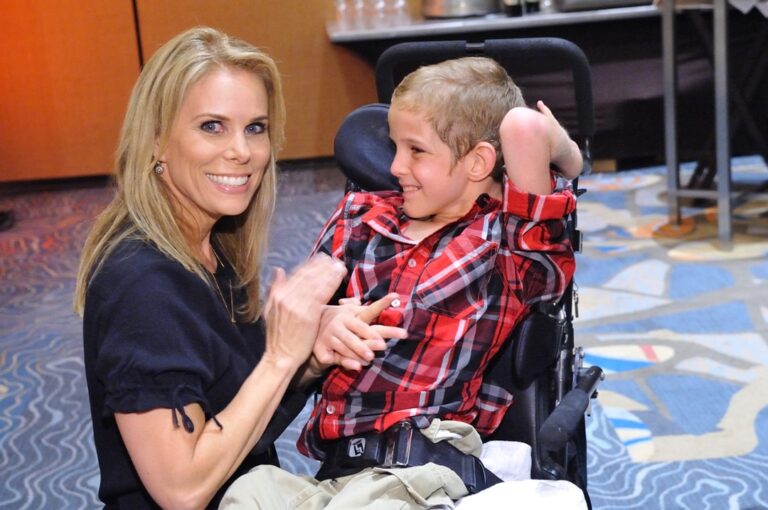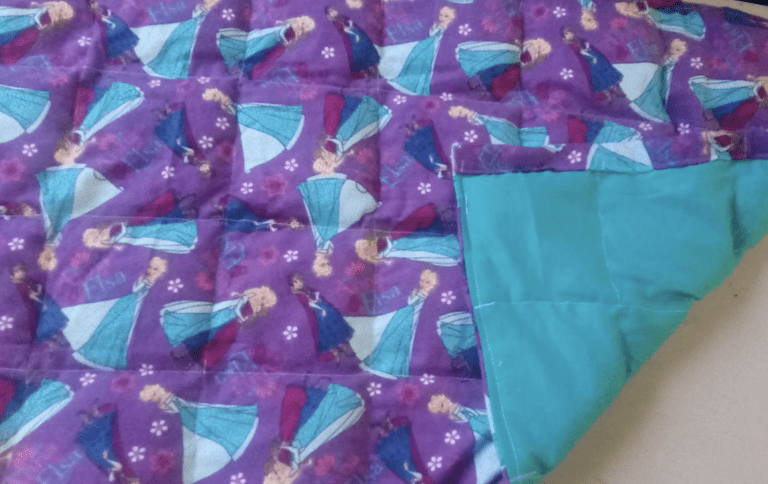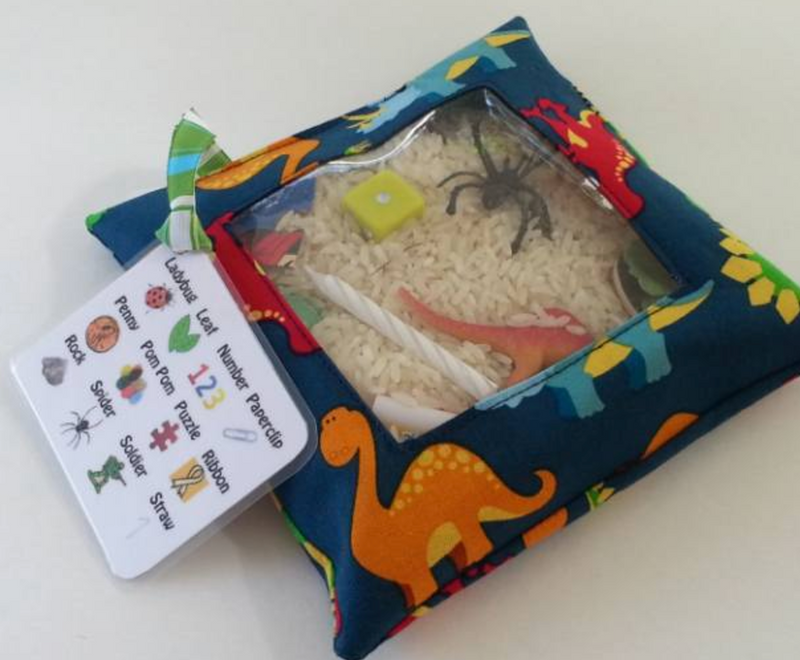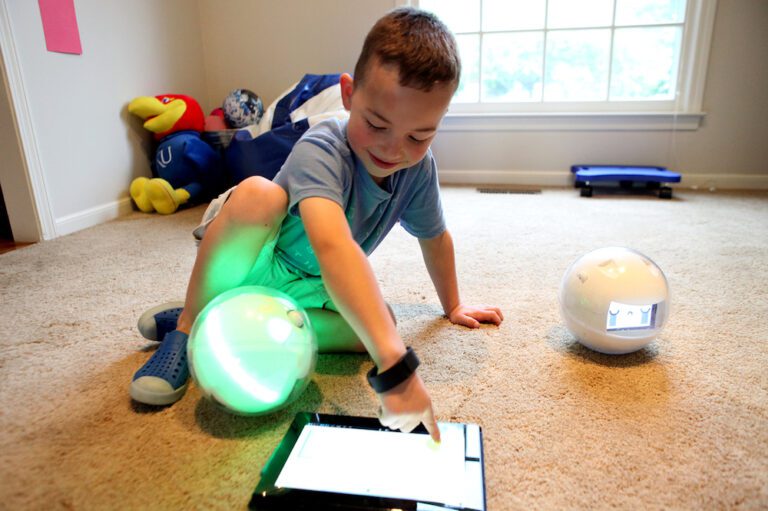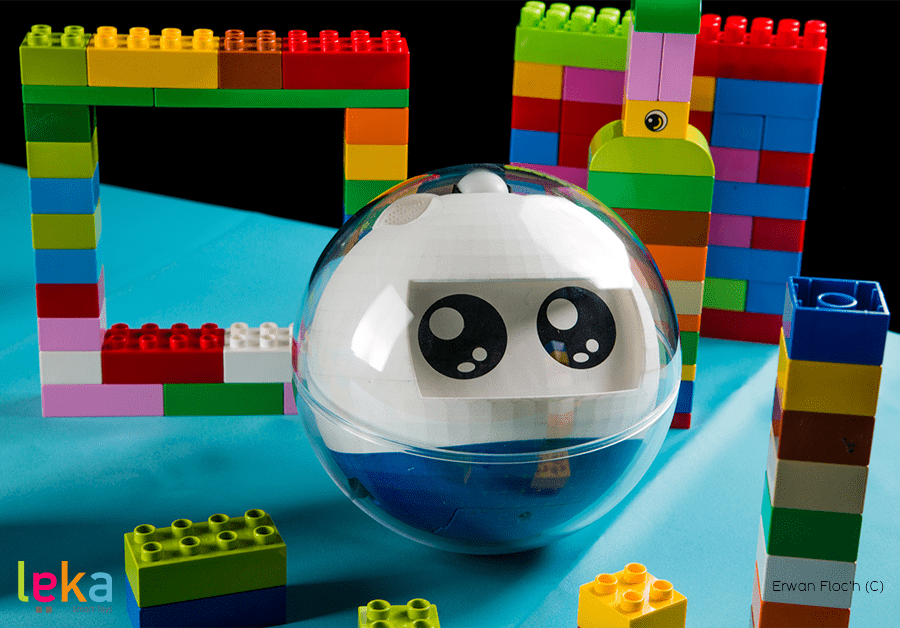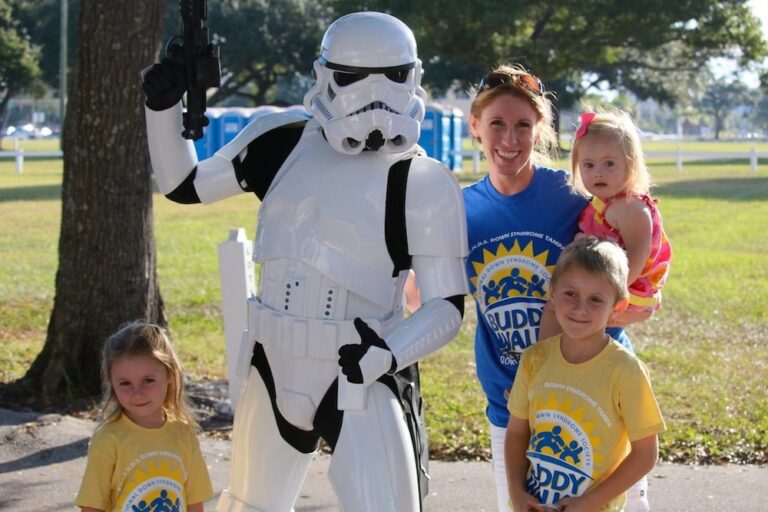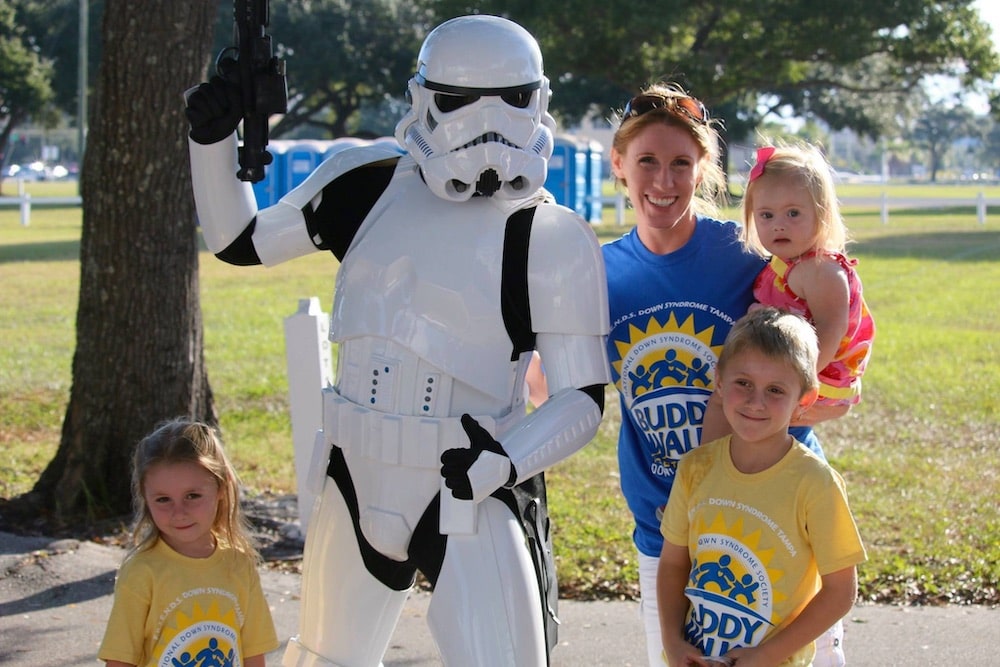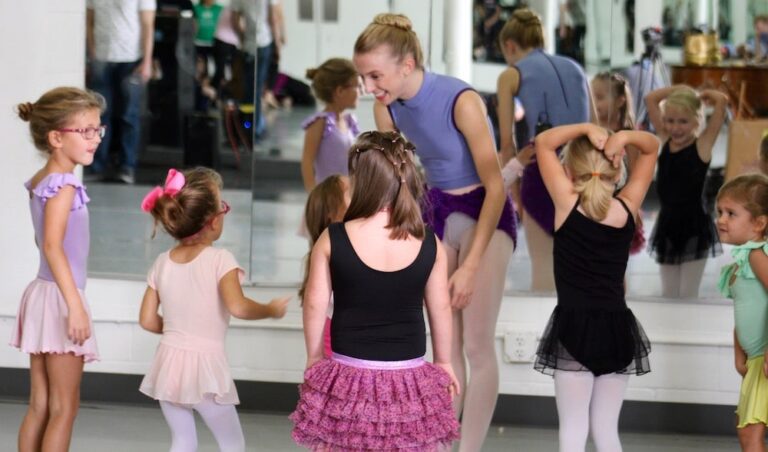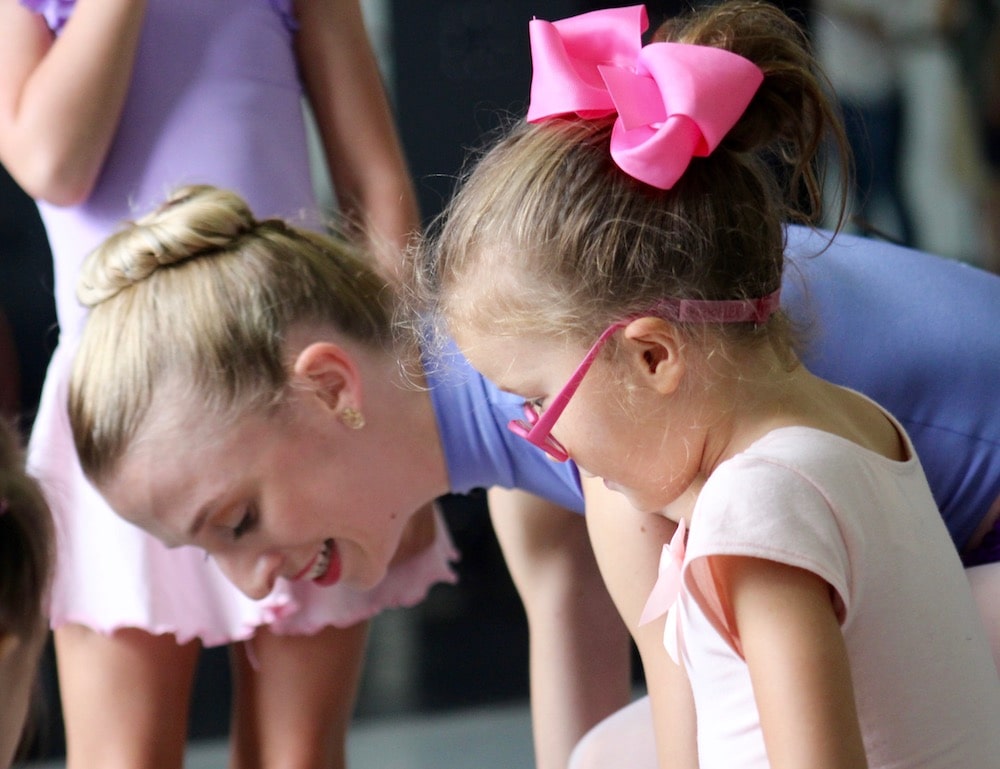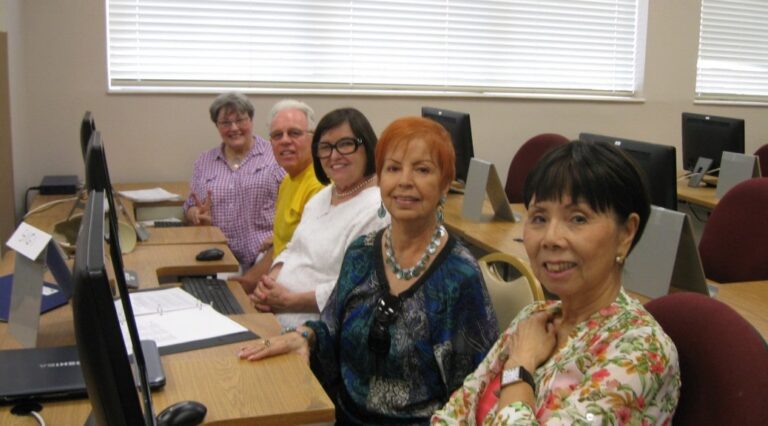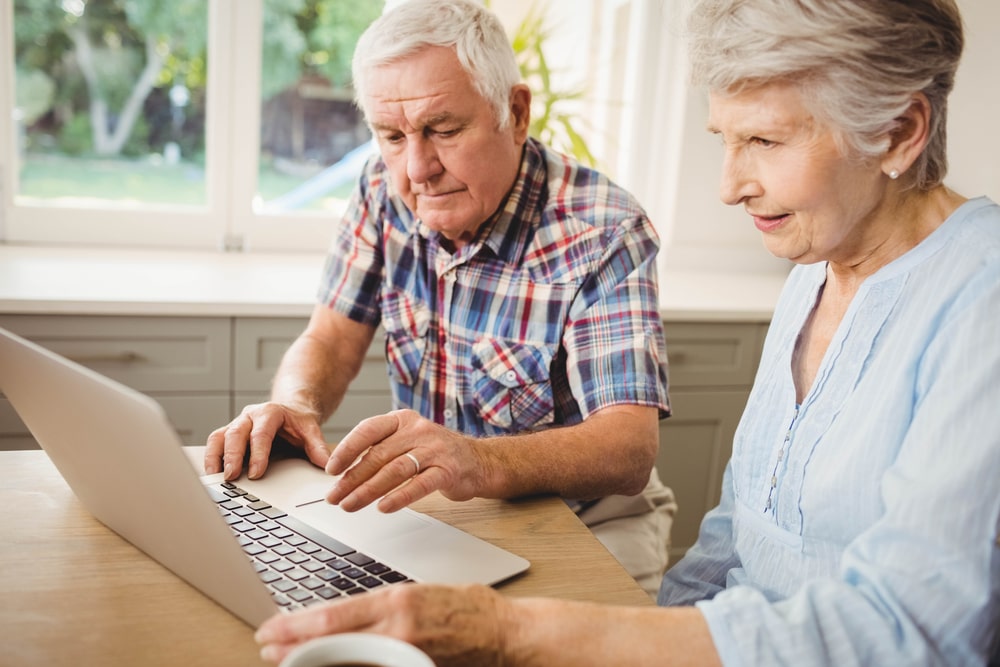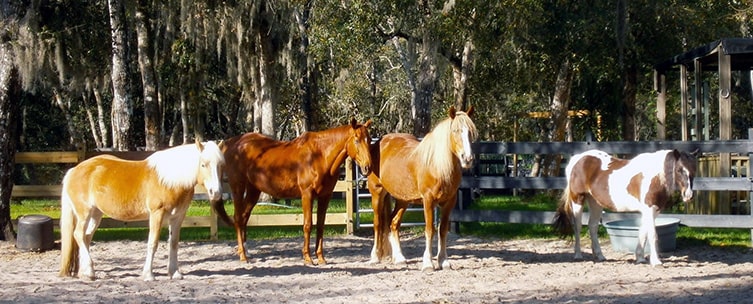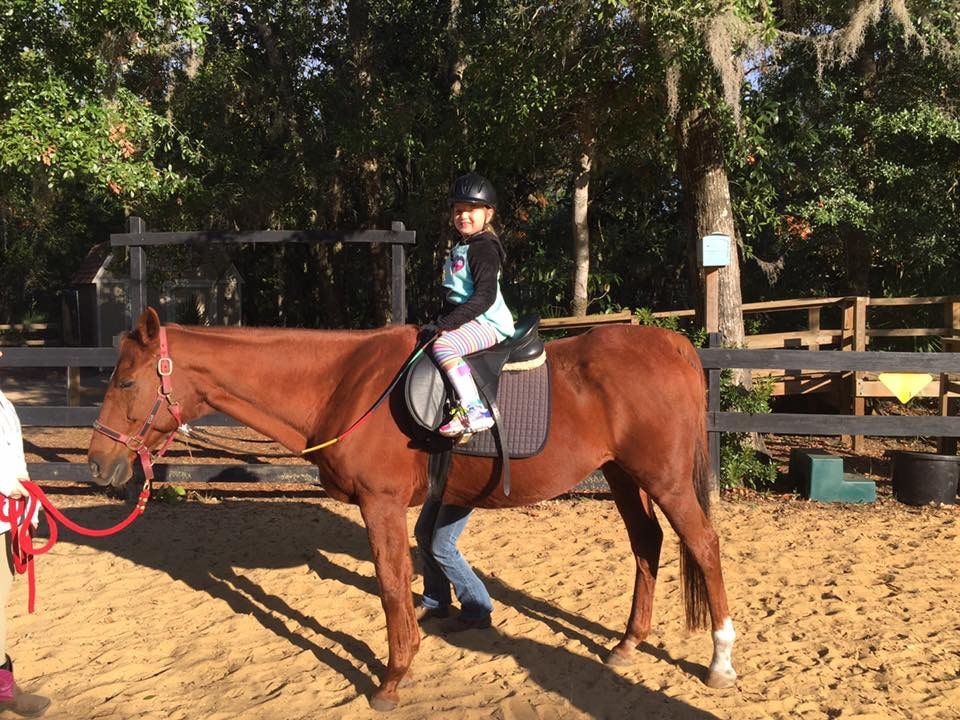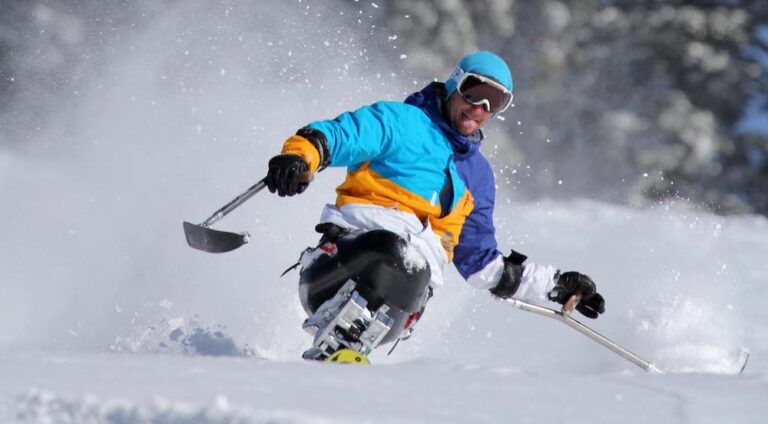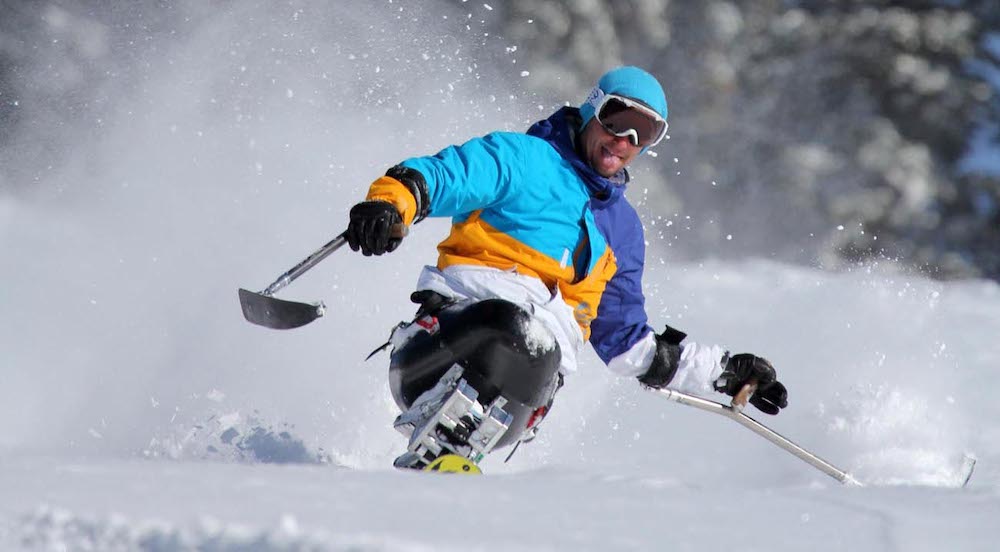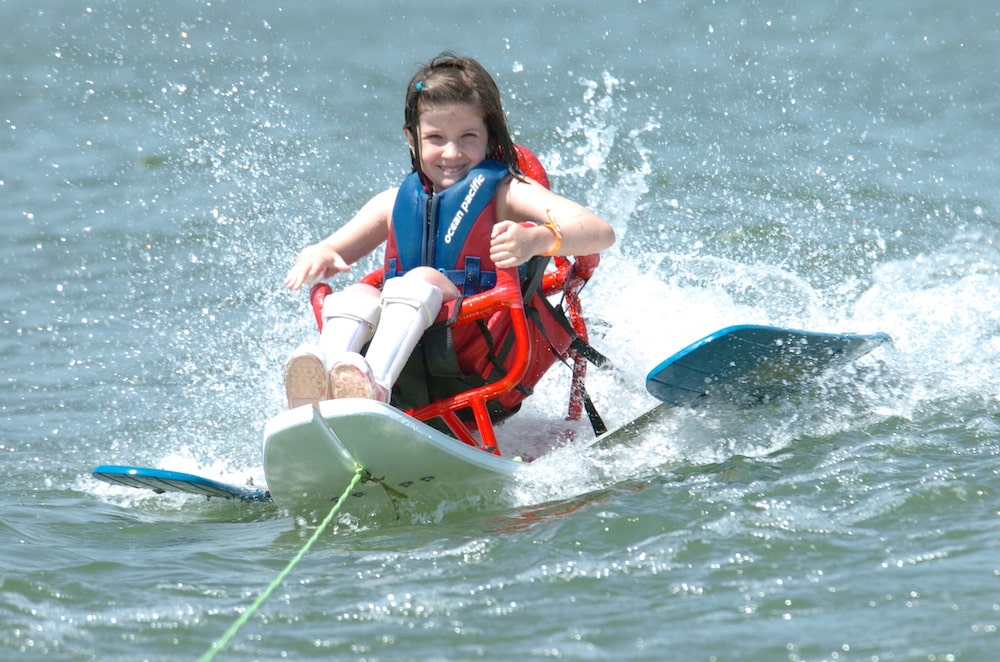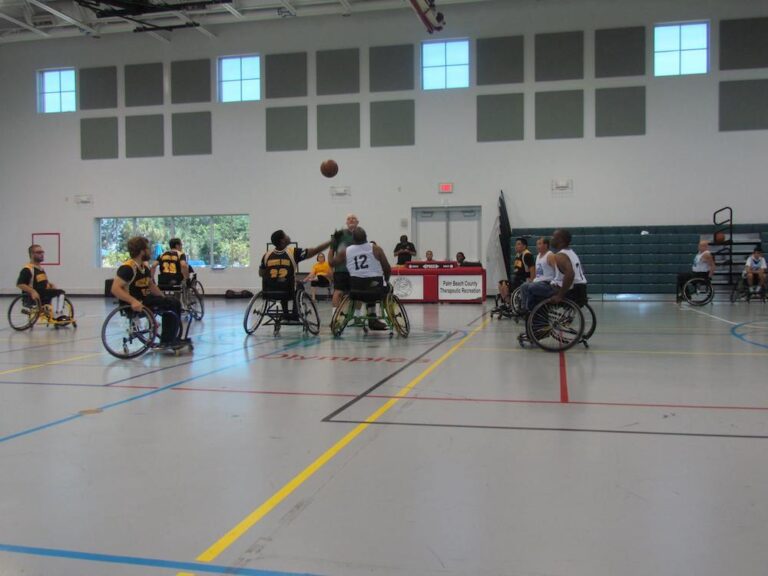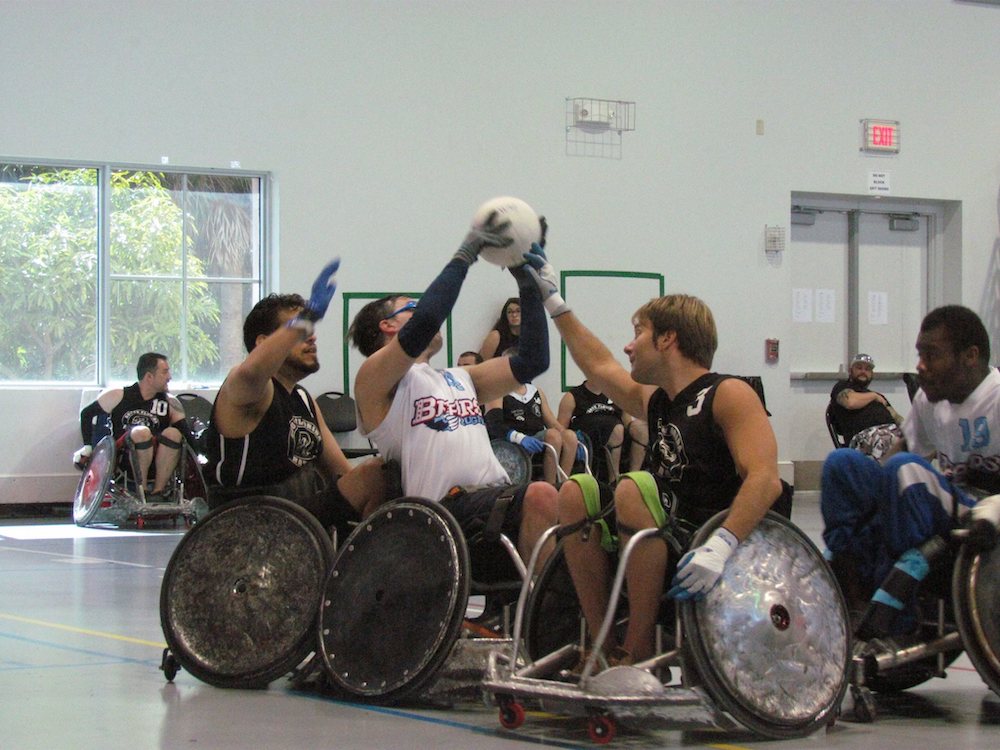Aiden was a “typical” little boy until, one day, he awoke with new and unexplainable disabilities. “I wasn’t able to talk,” the now sixth-grader recalls. Doctors struggled to diagnosis his sudden non-verbal condition, while his frightened family struggled to navigate support resources. They discovered UCP of Central Florida, a nonprofit charter school and therapy center serving more than 3,000 children across seven Orlando area campuses. UCP aims to “unlock the potential” of children with autism, cerebral palsy, Down syndrome, spina bifida and various developmental challenges. “My family, my therapists and my [UCP] school helped me and I can talk perfectly now,” Aiden cheerfully affirms.
“At UCP, we provide a holistic multi-disciplinary approach where all support, education and therapy services are provided together in one facility. Parents of children with special needs receive individualized services that break the mold of traditional education,” says Dr. Ilene Wilkins, President/CEO. That includes physical, speech and occupational therapy, family counseling and, most importantly, innovative education.
“He’s definitely made a ton of progress. He wasn’t able to talk at all and now he talks all the time! I think the individualized attention that he’s getting when he is learning is very good,” says Aiden’s sister, Anna. “At UCP, every kid is different and all the teachers understand that.” UCP has maintained this distinctive approach for more than sixty years. UCP was founded in 1955 by a group of parents advocating for their children with disabilities. Over time, services grew to meet the demands of babies through young adults, including a college transition program and job internship placement. Plus, children who attend traditional public school elsewhere can also access therapy services. Dr.Wilkins explains that providing therapy services on-site offers a streamlined and immersive approach to development. Therapists collaborate with teachers to reinforce individualized learning and therapy to grant consistency to the child and ease to parents.
“At UCP, we provide a holistic multi-disciplinary approach where allsupport, education and therapy services are provided together in one facility.Parents of children with special needs receive individualized services thatbreak the mold of traditional education.” – Dr. Ilene Wilkins
Unique Learning Models
UCP’s education has evolved with the implementation of “inclusion” learning. Approximately 44 percent of the student population is now comprised of children without disabilities.
“We’ve pivoted away from the traditional self-contained classroom for a model that aims to give all children access to the same high-quality educational experience. At UCP, children with and without disabilities share the same classrooms, playgrounds and lunchrooms. It’s a school culture centered around equal access, collaboration, de-stigmatization of disabilities and promoting each individual student’s strengths and potential,” says Dr. Wilkins, whose concept leadership has been praised nationwide.
She acknowledges that misconceptions surrounding inclusion remain. For example, some assume that children without disabilities may be disadvantaged in learning or not experience gains from peers with disabilities. “In reality, our classrooms provide additional layers of instructional support for all students. Our students without disabilities learn a degree of determination and ambition watching their peers with a disability that can push the student to test their own limits,” says Dr.Wilkins, who attests to boosts of educational and interpersonal development for both children with and without disabilities. Inclusion helps students learn new and unique ways to overcome hurdles associated with disabilities and, especially for those without disabilities, teaches empathy. “They often learn to digest their curriculum in a way that they can communicate it to help their peers with disabilities, leading to more significant retention of instruction. This model is the foundation of a culture where children don’t define each other by their differences and teachers find the strengths in all children regardless of their challenges,” says Dr. Wilkins.
This holds true with young Aiden’s testimony who says he doesn’t see people’s disabilities as a negative: “It’s nice for people to be different.” And the same goes for best friends Tyrrill and Ranielle. Tyrrill was born with spina bifida which impacts his lower limb mobility. Yet, Ranielle, a non-disabled inclusion peer, says he’s a great dancer; and he thinks she’s a great reader. “Everyone has their challenges,” says Ranielle; and “We help each other overcome them,” adds Tyrrill. These third graders support each other academically and socially, as do countless UCP students.
In addition to inclusion, UCP utilizes a project-based learning model which integrates innovative art and technology. Most campuses have a 1:1 tablet and iPad program and, thanks to a new grant, UCP will soon implement a robotics effort.
The Beta Center
After 45 years as an independent school, shelter and daycare for teen moms and their babies, the Beta Center merged with UCP (in partnership with Orange County Public Schools) to avoid closure. Dr. Wilkins says the merger was a natural fit. “The core of what we do is give extraordinary young people the tools to unlock their potential. UCP has always believed that a young person should not be defined by their challenges,” she says of long-standing tradition of inventive success. At the Beta Center’s alternative middle and high school, teen mothers continue their education and also get vital assistance through UCP’s childcare services, pre-natal nursing support, parental training and group counseling.
UCP’s tuition is free for eligible students with additional option plans, including coverage by commercial insurance and Medicaid. However, UCP operations depend on the financial contributions of individual, corporate and foundation donors. There are many ways to support the mission, including fundraising events. UCP will celebrate the 25th anniversary of its Evening at The Palace Gala on April 7, 2018 at Hilton Orlando Buena Vista Palace. This event and UCP’s Poker at the Palace Texas Hold ‘Em Tournament held the night prior are both hosted by award-winning actress Cheryl Hines, best known for HBO’s Curb Your Enthusiasm. Hines passion for disability-related activism is inspired by her nephew, Michael, who was born prematurely with cerebral palsy. He became a UCP of Central Florida student. To learn more about UCP and to support the mission, visit ucpcfl.org or call (407) 852-3300.
Photo above: Actress Cheryl Hines with her nephew Michael. Courtesy of UCP.




